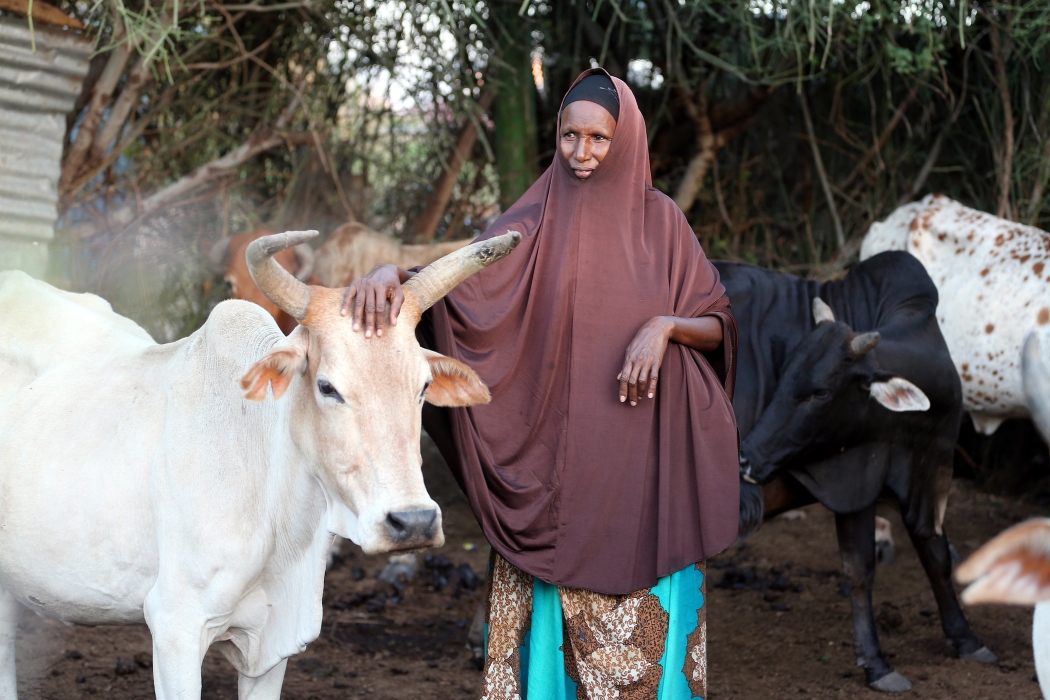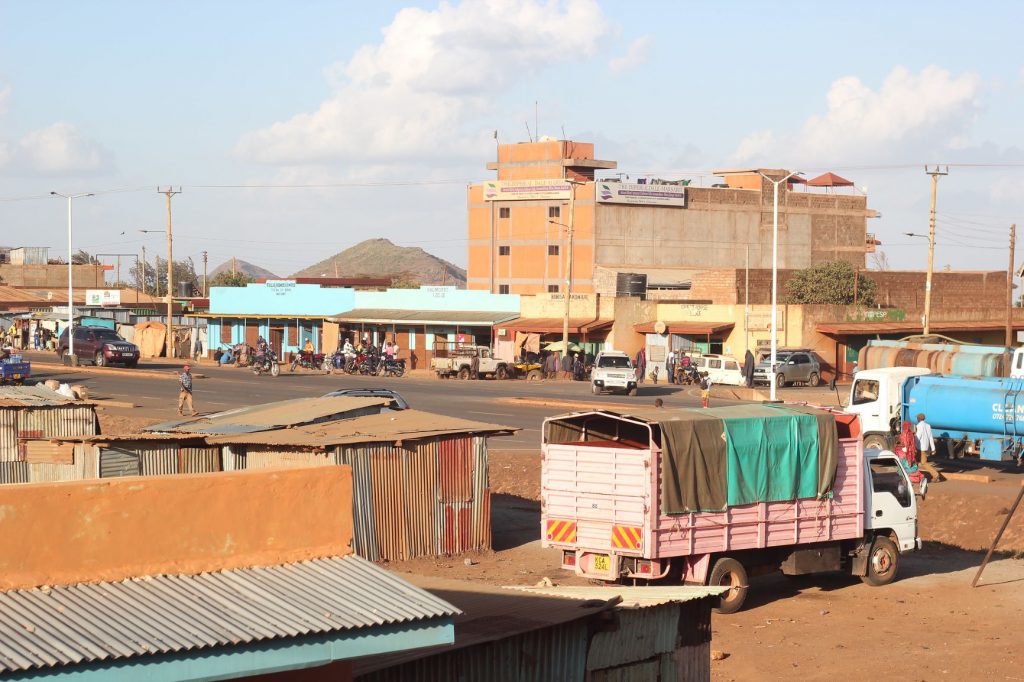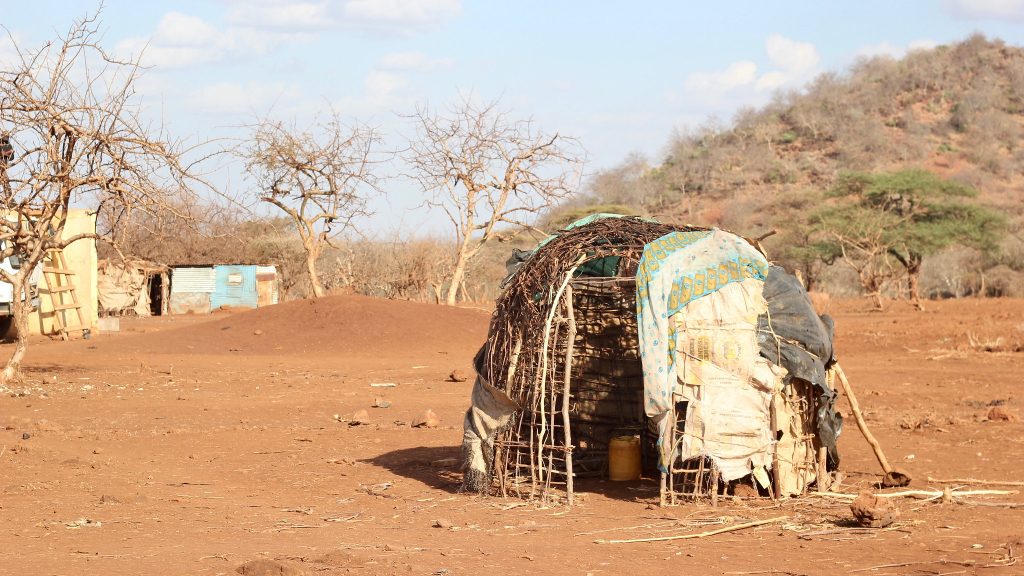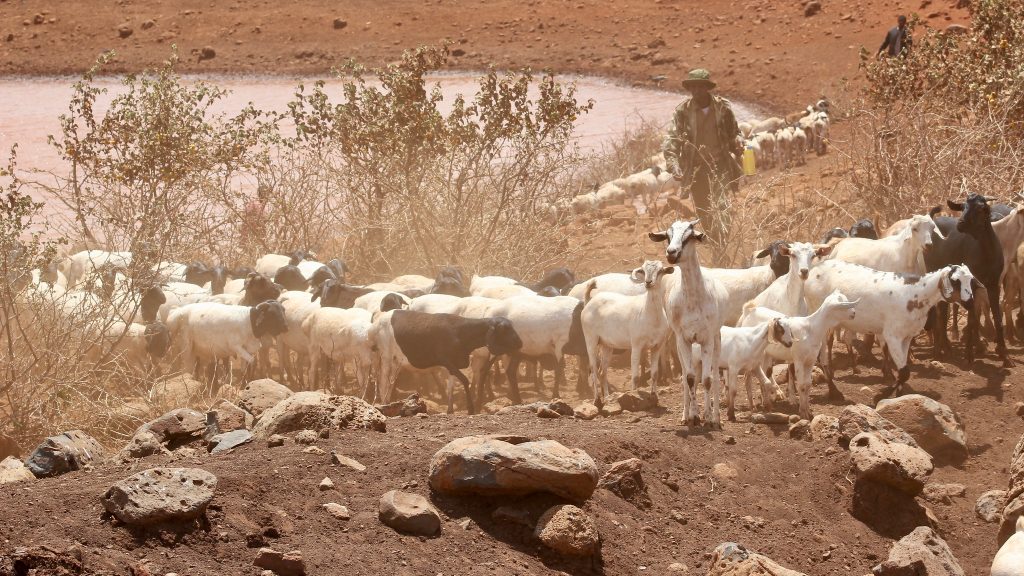Reflections on the winners and losers in livestock commercialisation in northern Kenya

In this blog, researcher, pastoral development and dryland management specialist Guyo Roba reflects upon and summarises his recent working paper on how livestock commercialisation has impacted different actors and different wealth groups in Isiolo and Marsabit counties. He then provides recommendations for the government and donor agencies how to improve the livelihoods of pastoralists and local traders.
Access Working Paper 39 here.
Written by Guyo Roba
In Kenya, pastoralism accounts for up to 80% of household income in arid and semi-arid areas, for approximately 8 million people that depend on pastoral production for their livelihood.
The centrality of livestock production to the well-being of pastoralists has attracted considerable investments and transformation in livestock marketing in northern Kenya, with greatly increased levels of trade, partly pushed by the sustained efforts of the government and donors through increased investments as a potential pathway to reduce poverty and promote development in the region.
Value chain actors: winners and losers
Although different facets of livestock commercialisation have received attention in both research and development, relatively little consideration is given to the consequences of changing livestock market for different actors along the value chains in northern Kenya. While the expansion of the road infrastructure, mobile networks and arrangement of coordinated market days have accelerated livestock commercialisation in both Marsabit and Isiolo, a lack of contractual relations with the clients at the terminal markets has shifted the power from pastoralists, local traders and other locally-based actors to better-positioned actors in the terminal markets, such as brokers. In long-distance sheep and goat chains in northern Kenya, trade networks are traditionally constructed around ethnic ties but this gradually diminishes as trade becomes increasingly multi-ethnic downstream at trade hubs. Here, pastoralists and local traders are exposed to the precarious relations and exploitation by powerful brokers and other buyers, and therefore have to accept prevailing market prices. This highlights the challenge to governance and control of the chain, and by extension, defines the winners and losers from increased livestock commercialisation.

Geography, working capital and the poverty levels of the actors distinguishes the winners and losers. In relatively more integrated short chains, it is possible to estimate the potential for a profitable sale by local traders and pastoralists because of the geographical and operational connections between actors, combined with a strong bond based on common ethnicity. This facilitates the ease of transaction and provide more benefits to women and poor households who are the predominant actors in sheep and goat trade. As such, commercialisation outcomes along short supply chains benefit, to a certain extent, poor households and women groups in sheep and goat trade networks.
In contrast, actors along long-distance chains are less socially embedded, dominated by male traders, who are mostly from outside the area. They are engaged in remote “faceless” exchanges in bigger towns that occasionally earn them some profits, but the precarious relationships simultaneously limit their margins due to absence of fixed contracts that define the prices, supply specifications and time. In situations where linkages to the terminal market are undefined and uncoordinated, neither the local traders or livestock producers in northern Kenya are able to exactly target their sales, select the best stock for the market or position themselves to profit from the trade.
Certain attributes define the winners in these chains – they are slightly better organised, better informed about markets, have access to working capital and transport, have bargaining skills, and in the case of local traders, are fairly well-networked and work in collaboration, which enables them to share market information and working capital.

Poorest households
Although I observed that greater livestock commercialisation offer various benefits for different groups, it is not clear whether it will help the poorest households, particularly those distant from improved road and market infrastructure. To date, there are large areas of Isiolo and Marsabit counties that are isolated and have very poor market access. Infrastructure, such as mobile phones and tarmacked roads, helped some groups to address remoteness and geographical isolation, and simultaneously lowered prices for some goods in places like Illaut’s “Nairobi 1-day market”, where sellers of diverse foodstuff and household items converge on market day, which to some extent has benefited everyone.
Way forward
To extend the benefits more widely, particular measures should be taken by the government and donor projects, such as strengthening linkages (through local traders) to clients at the end markets, preferably by contractually linking buyers and sellers and making the demand specifications of diverse clients, especially bulk buyers like supermarkets, meat exporters, large-scale butchers etc. This would compel pastoralists to produce and offer different stock for different markets, and support them to respond in a timely and profitable way to market needs. This will enable the sellers (either pastoralists or local traders) to supply the required size and type of stock, and time their sales advantageously.

Better relations at this level will improve: i) prices for different ranges of animals; ii) the diversity of clients with their quality/quantity specifications; and iii) access to alternative markets for pastoralists and local traders. County governments and national road agencies should also extend rural road networks to improve access and reduce the costs of trucking livestock to markets in and beyond county boundaries. However, while small adjustments through locally appropriate investments in Marsabit and Isiolo counties can benefit both pastoralists (through more choices of local markets, improved local prices and sales) and local traders (lowered costs, ease of aggregation and quicker purchases), the control and governance of long-distance trade, to date, remain the real blockage and defines the level of benefit or loss.
Strengthening connections between livestock marketing groups, traders and the clients will improve coordination of activities, reduce operating costs and improve information flow to the advantage of the local actors so that they can make better and more informed decisions to improve their profit margins. In so doing, the situation of the pastoralists and local traders will become less risky, the chain will be more efficient and they may have opportunities for improved sales and ultimate income.
Feature photo: Habiba Jatani one tends her herd of cattle at Kambi Garba in Isiolo County, on Flickr. Credit: Fredrick Omondi, Marsabit County, Kenya
Please note: During this time of uncertainty caused by the COVID19 pandemic, as for many at this time, some of our APRA work may well be affected but we aim to continue to post regular blogs and news updates on agricultural policy and research.
